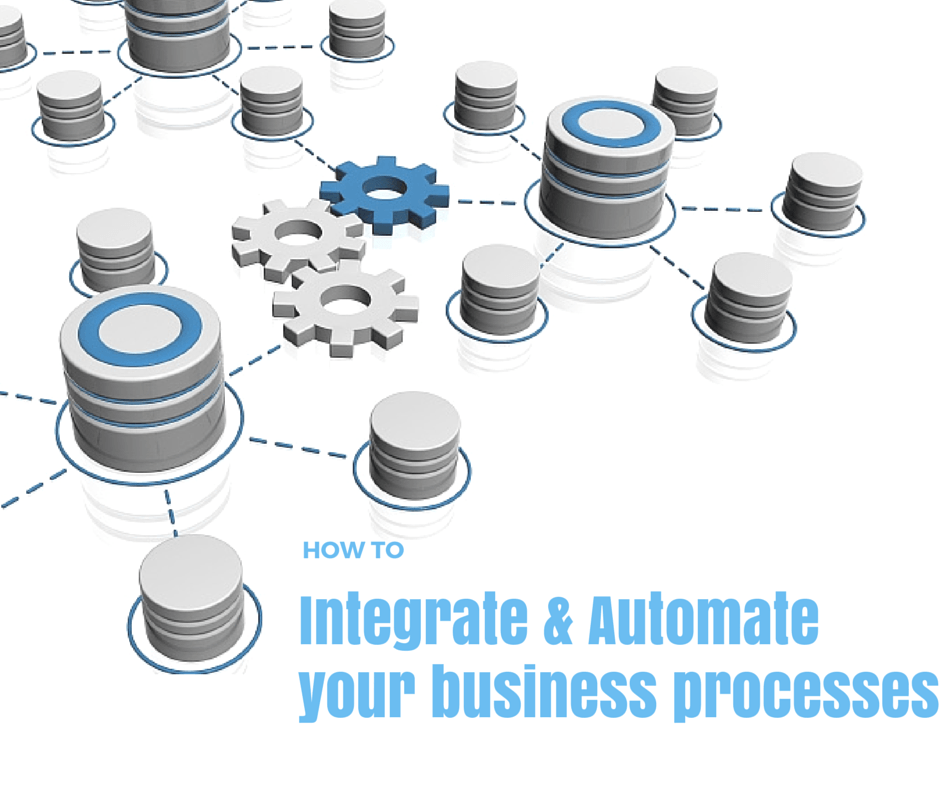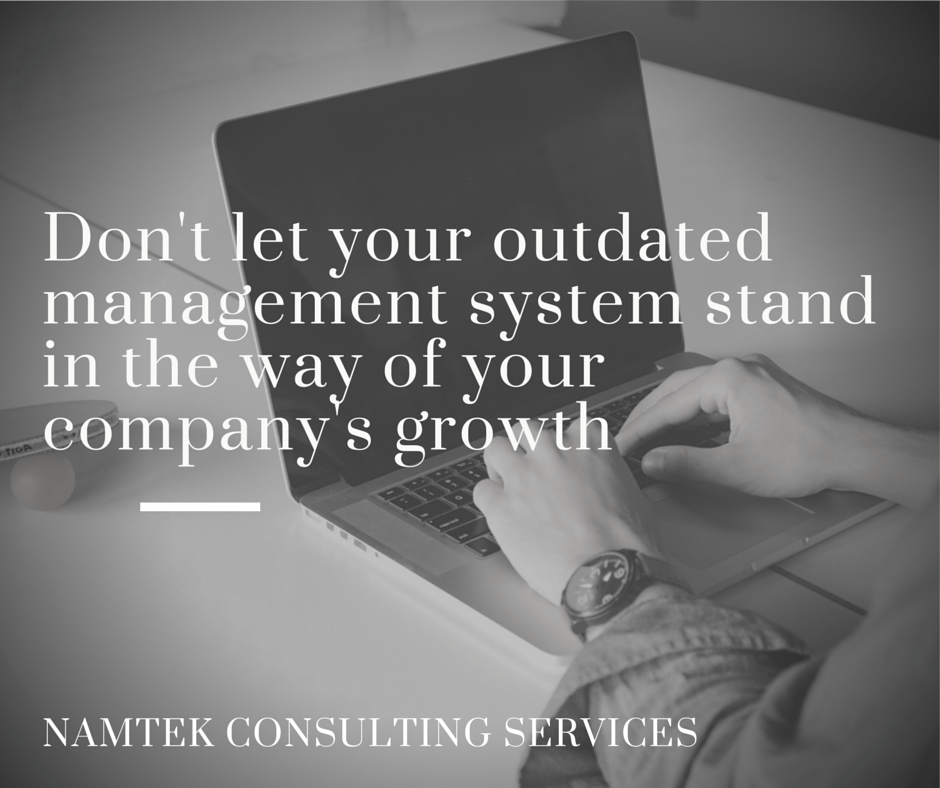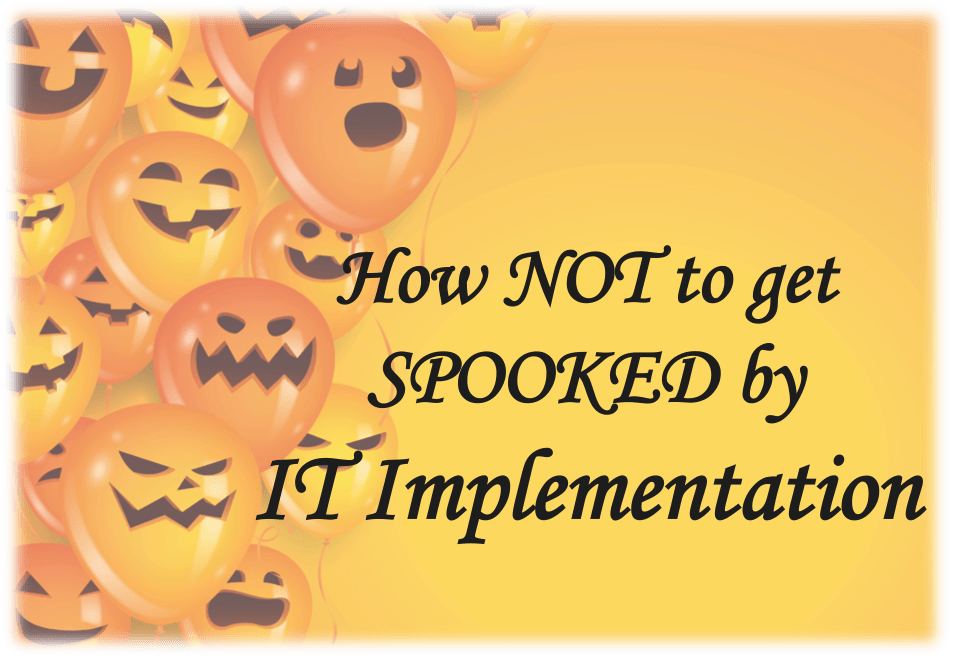How to get your business fully integrated and automated
Last Updated on September 29, 2023 by Tatyana Vandich
 First, let us define these two terms:
First, let us define these two terms:
System Integration: process of linking together many different software applications. This will allow employees to use ONE single management system, rather than using a separate system for every department/location/business function.
IT Automation: process of creating a seamless, continuous self-regulated workflow, where no human intervention is required.
What we find going on in many small to medium-size companies, is that they use many separate systems for their different departments. For example, they can be using Quickbooks for their accounting needs, Salesforce software for their Sales management needs, Excel and Word documents for product management, etc. This way may be cheaper in terms of IT expenses however it is definitely not efficient and in the long run can end up limiting the company from experiencing growth. On top of this, your IT expenses may be reduced but you will need a larger team to handle all of this manual data entry and work. Therefore salary expenses increase.
Therefore, how can you get your business fully integrated and automated? Implement an ERP solution that fits well with your business needs. Don’t simply go with the cheapest (or most expensive) system or the most well known brand. Some of these big IT players may not be well suited for your mid-size company.
Let me paint you a picture of what an integrated ERP solution, like erpWizard, linked with its automation server and add-on modules, such as EDI converter & Warehouse Management, can do for a company:
Suppose you receive a Purchase Order from one of your trading partners via EDI. This EDI document gets converted into an XML document automatically and then gets sent straight into your ERP system as a new order. So far, no human intervention was needed as it was all automated.
Next, this order can be sent to your warehouse so that team can begin processing the request, at which point, an automated email can be sent to the trading partner to confirm that the order is being processed. An invoice is then sent back to the partner via EDI.
This is one example to show how integration and automation can work for your business by not only simplifying the business processes but by speeding up your order processing cycles and reducing manual work. This can thus give your team more time to focus on gaining new customers and keeping current clients happy.
Therefore, getting your business integrated and automated requires the implementation of one single management system, an ERP solution, with any and all necessary add-ons and automation servers. Your team will be able to access all the necessary data, in real-time, to complete tasks, respond quickly to customer requests and derive insights to make accurate decisions for the future of the company. It’s about working as a whole rather than as separate departments.
In a previous article we mentioned the benefits of implementing a fully integrated management solution (ERP). Take a look!









